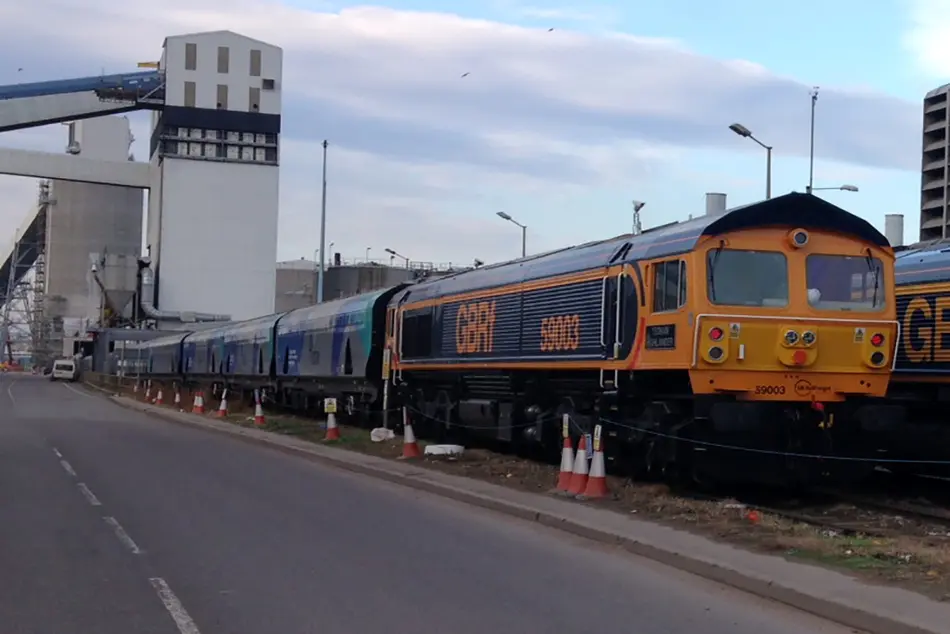Plans Approved for Liverpool’s New Baltic Triangle Station
Liverpool City Council has approved plans for a brand-new station in the city’s Baltic Triangle district.

Liverpool City Council has approved plans for a brand-new station in the city’s Baltic Triangle district.
The station, which forms part of Mayor Steve Rotheram’s initiative to improve public transport across the Liverpool City Region, is set to cost roughly 100 million GBP and will compliment existing rail projects, including the purchase of a new 500 million GBP fleet of trains, network accessibility improvements and future plans for stations at Daresbury (Halton), Woodchurch (Wirral) and Carr Mill (St Helens).
Steve Rotheram, Mayor of the Liverpool City Region, said:
Planning permission was another major milestone for the Liverpool Baltic station scheme and I'm delighted we are now passed that and ready to get work underway!
This is another step in our vision to build a fully integrated London-style transport system. We’re extending Merseyrail to more communities with future stations already planned in Daresbury, Woodchurch and Carr Mill. I believe good quality public transport is a right, not a privilege.
For decades there were no new stations built on our network, so this is another major milestone in the development of the expansion of rail services in our region. It's not just about improving connectivity – it’s about creating new opportunities, connecting our communities to jobs, education, and each other, and contributing to a healthier, greener Liverpool City Region.
Investing almost £100 million at the heart of one of the UK’s most vibrant areas, will help to make this part of the city more accessible to all while easing congestion and helping us achieve our net-zero targets.
Work to improve surrounding highways at Liverpool Baltic station are set to begin later this year in order to facilitate its construction, which will be initiated in early 2026 and begin serving passengers along Merseyrail’s Northern Line by the end of 2027.
Amenities at the station are planned to include step-free access, modern facilities, toilets and secure cycle storage.
Funding for the station comes via the City Region Sustainable Transport Settlement (CRSTS), which is dedicated to major transport projects across the city region.
